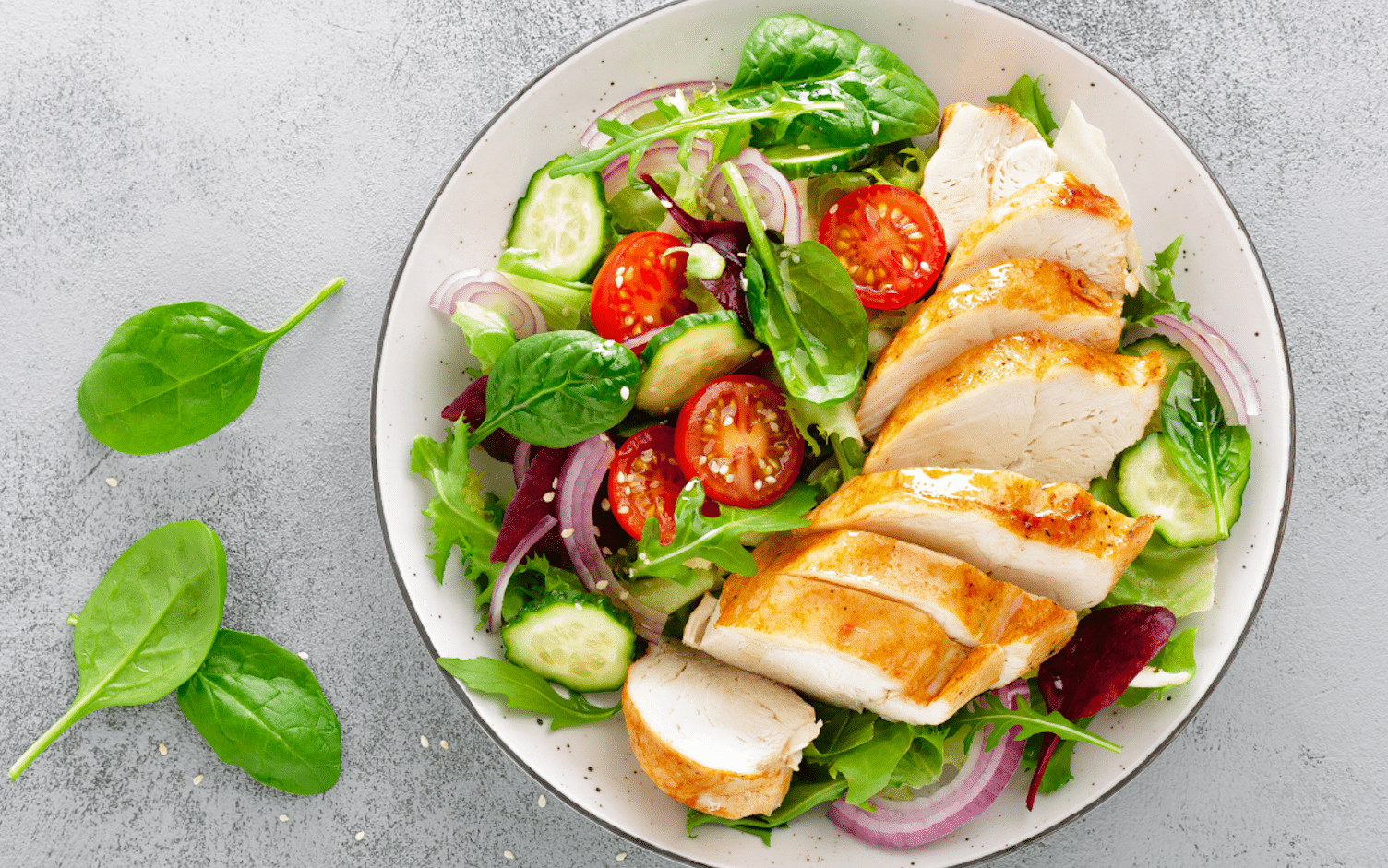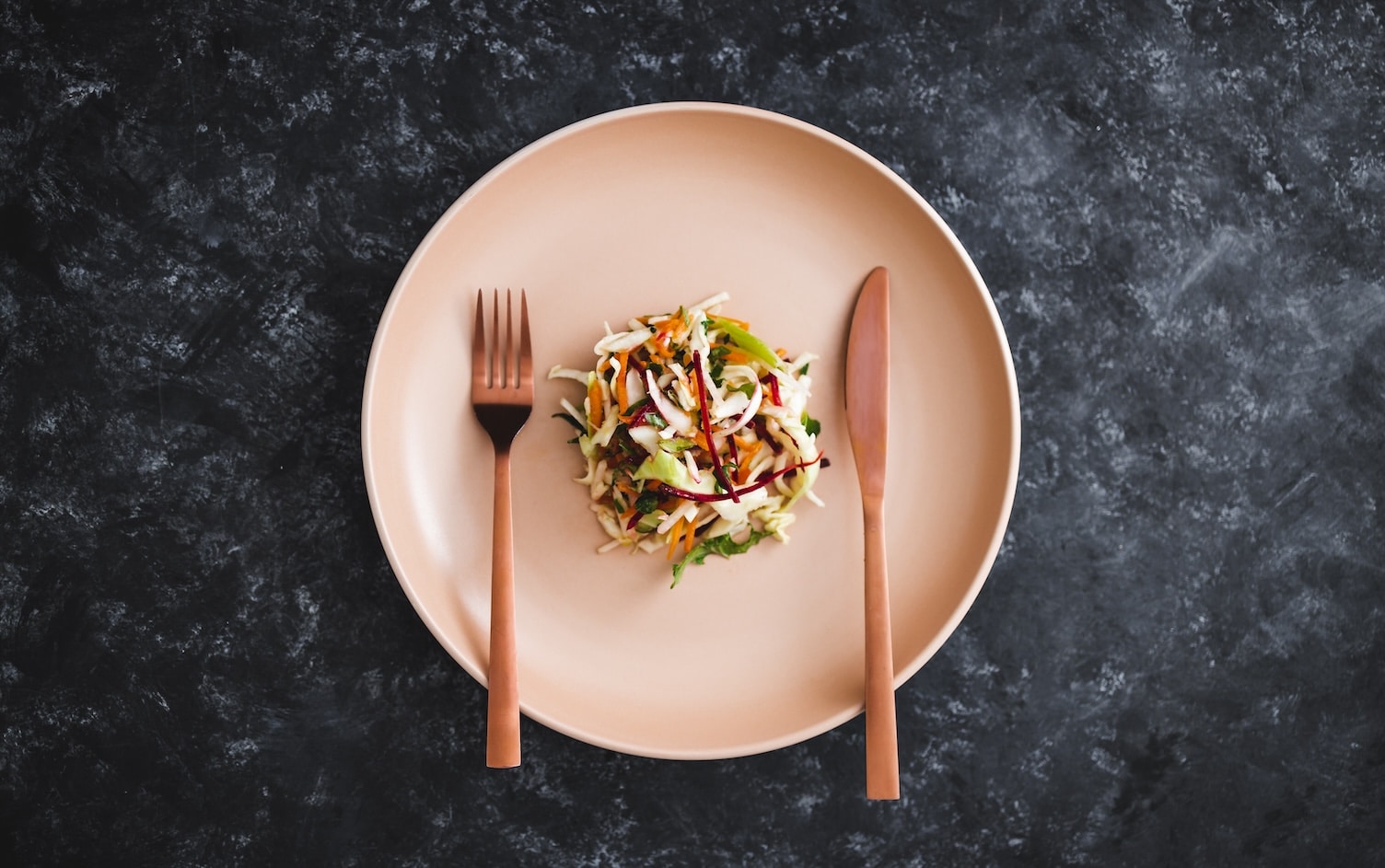I’m going to say something that may blow your mind — and many of you may disagree — but here it goes: Running does not necessarily make you a stronger runner. There, I said it. Now let me explain where I am coming from and what I am not saying.
I have coached a diverse population of runners over the years. Those who are trying to complete their first 5Ks and seasoned runners trying to improve their PR’s want to know how to “run better.” They have questions about proper pacing, stride length, the right shoes, how many miles they should complete every week, when to train, etc. While all of these questions matter and a proper program should be followed, what runners fail to focus on is what to do when they are not running. The following activities focus on what to do when you are not running that will make you a stronger runner.
Core Training
Developing a strong core (abdominals, back, hips, glutes) will help you maintain proper posture, stability and mobility. Running with good posture will place less impact on your joints and ensure that your gait is balanced as your feet strike the ground. Try this core workout to make you a stronger runner.
Weight Training
Stop hitting only the pavement, and hit the weights. Resistance training can be an effective way to gain strength that will support your running. Doing weighted squats, lunges, deadlifts and lateral lunges can help support all of the muscles you need to run pain-free. I’m not suggesting you try to gain a ton of mass (aka muscle hypertrophy), but well-conditioned leg muscles will lessen the potential impact on your knees and back.
High-Intensity Interval Training
Doing short bursts of high-intensity exercises followed by a recovery can help improve your endurance. You are literally training your body to perform harder and longer with less recovery, and this translates into greater endurance. You can do this with running through fartleks, hill repeats or intervals. Imagine sprinting up a hill for 50 yards as fast as you can then walking down and repeating this five times. Now imagine how it would feel to run on flat terrain for 250 yards and how much easier that would feel. You would have conditioned your body for greater endurance by doing the hill sprints.
This can also translate to many body-weight HIIT exercises. Try doing this body-weight HIIT workout with intervals of high-intensity exercises for 15 seconds followed by 15 seconds of recovery, and see how you feel. Over time, this conditioning will yield greater endurance and gains with your running.
Flexibility and Mobility
In other words, do yoga or foam rolling. If you have a weekly rest day when you don’t run, try an active recovery routine that focuses on the full range of motion through your joints. A foam rolling routine can improve your mobility or improve your ability to use and recruit the proper muscles to move. For example, tight hip flexors will negatively impact your posture and ability to flex and extend your hips. This imbalance will cause your body to recruit different muscles to perform the running movement and can lead to pain and injuries. (If you think you hate yoga, give it one more shot. If you still hate it, try foam rolling and stretching at home.)
Rest and Recovery
A day of not working out or running may be the best workout of your week. Your work is only as good as your recovery; if your body doesn’t have time to rest, then it doesn’t have time to repair. This is what leads to injury, fatigue and weakness. Take a day (or two) off, and see how great you feel. Overtraining is the number 1 cause of injuries for runners, so make sure you vary the way you train and always remember to rest.




